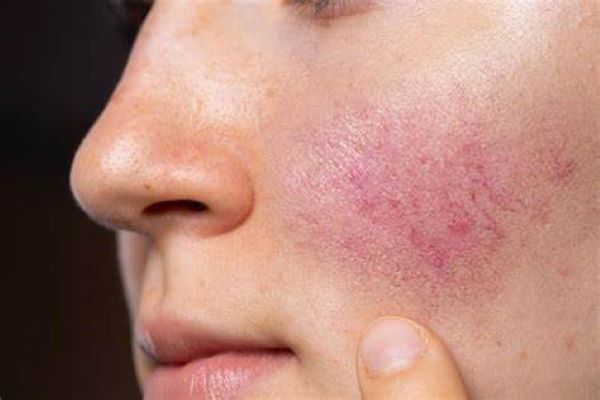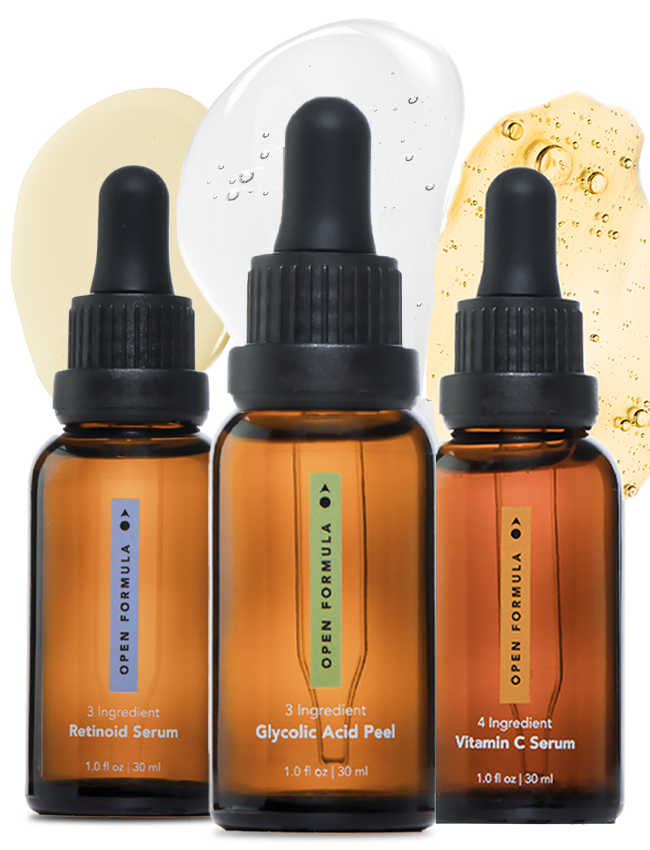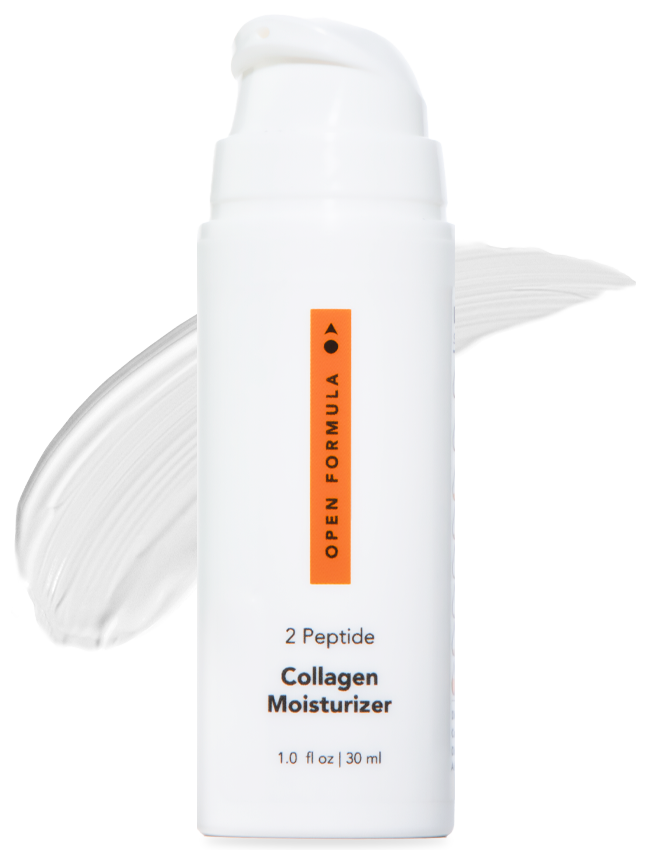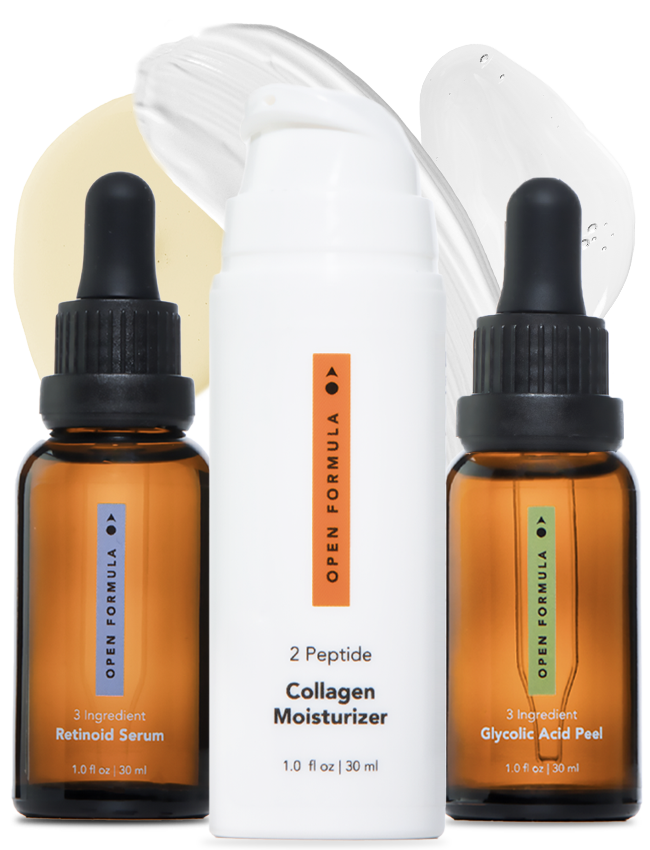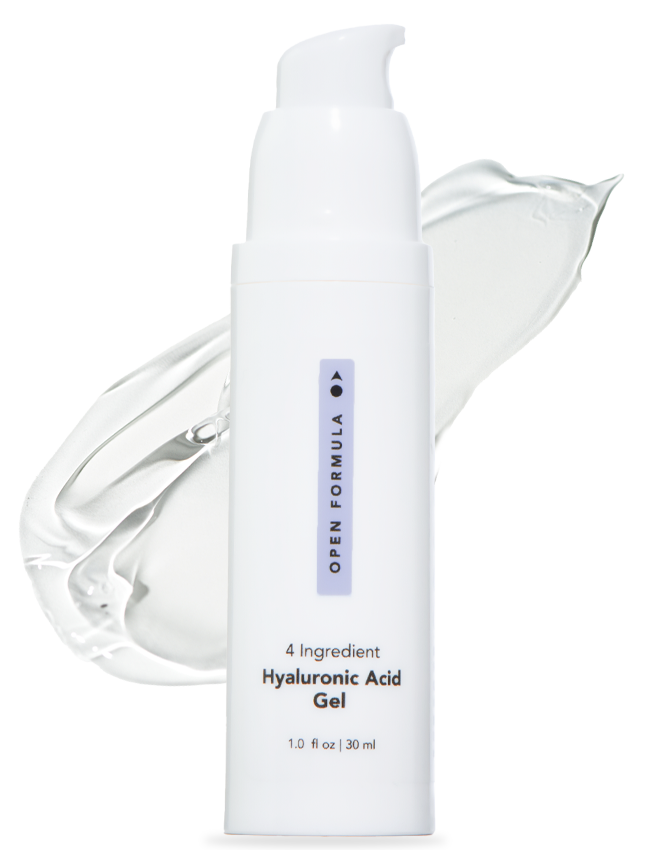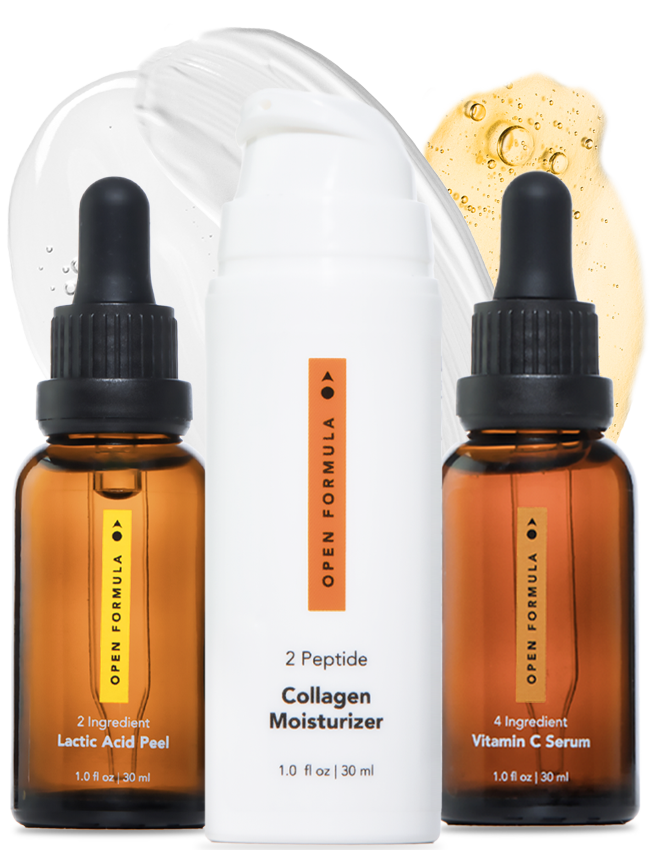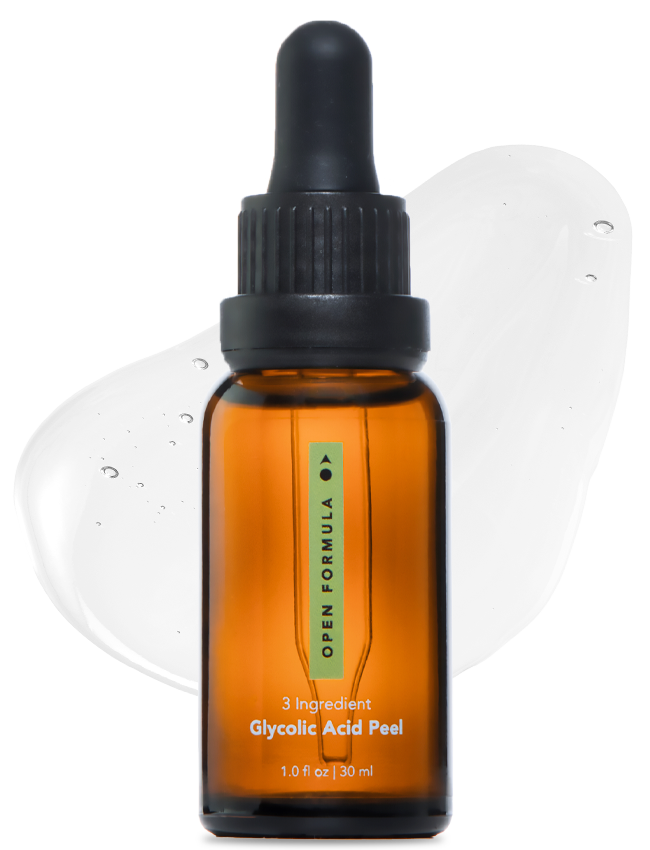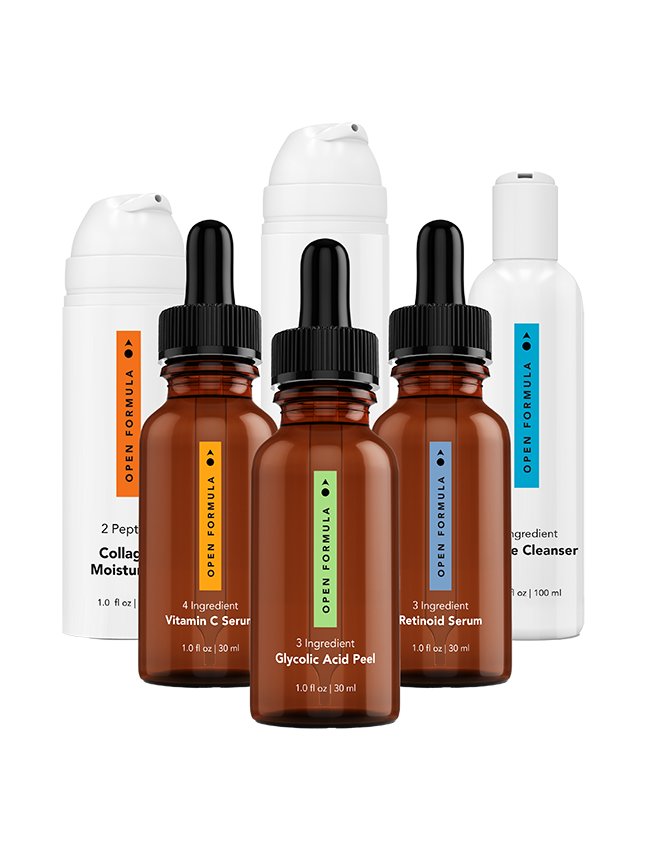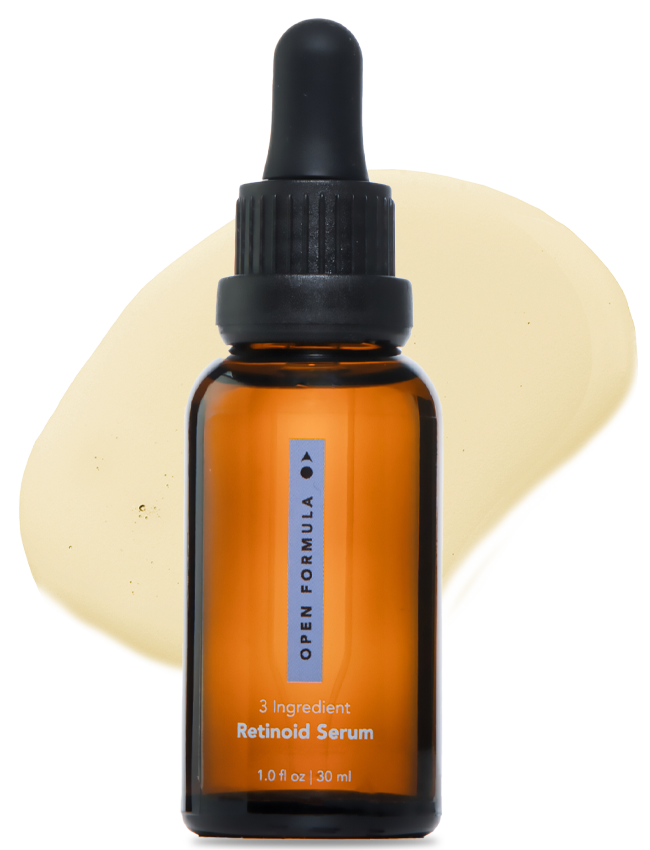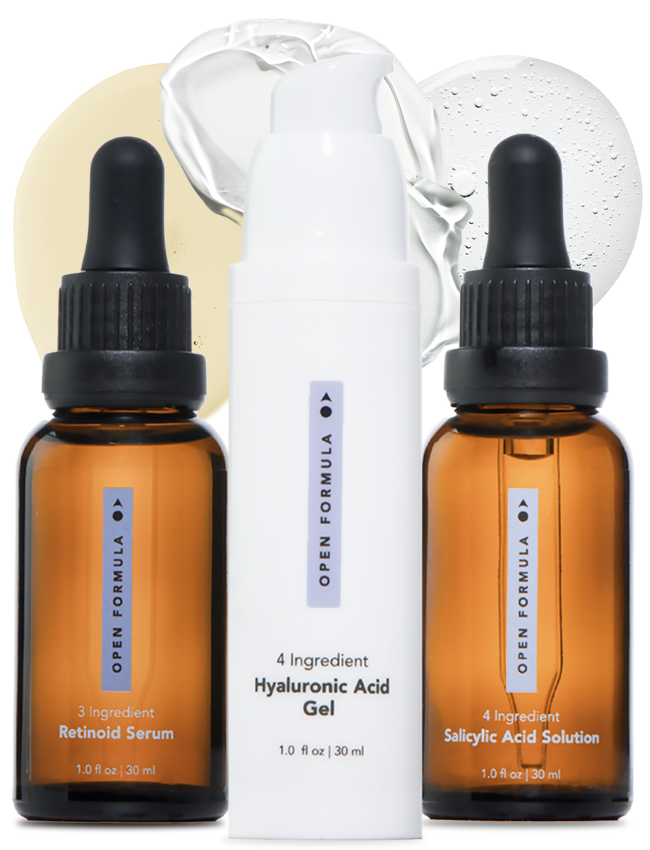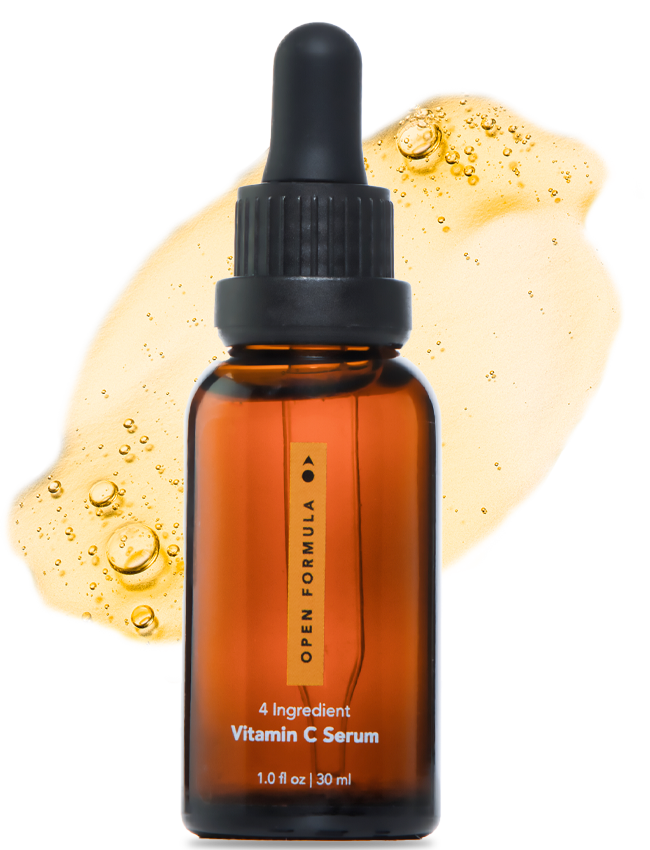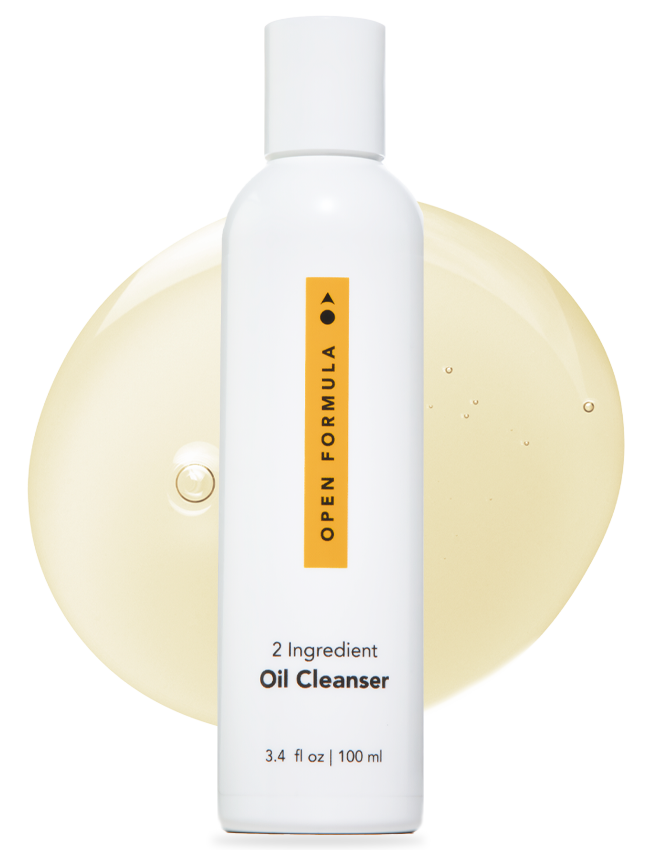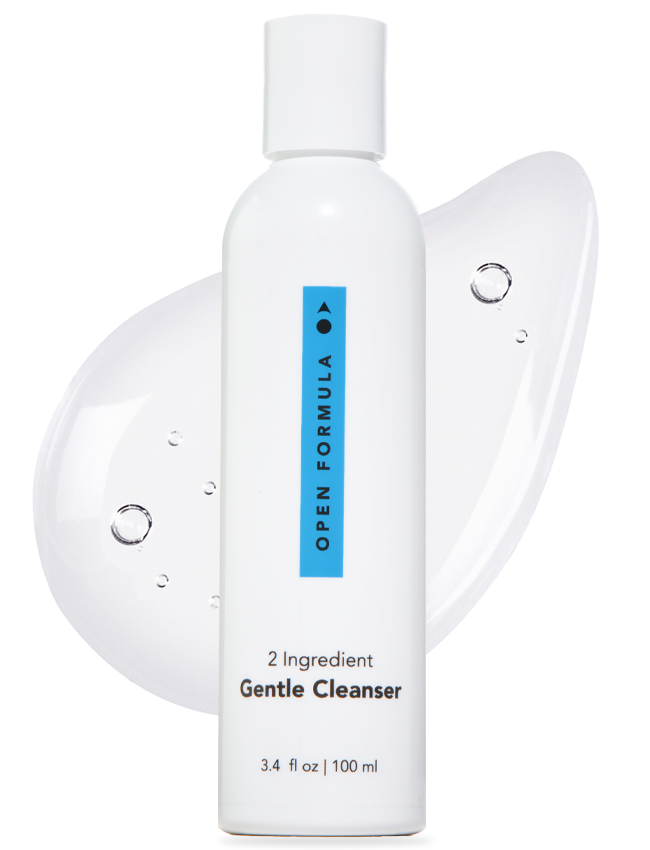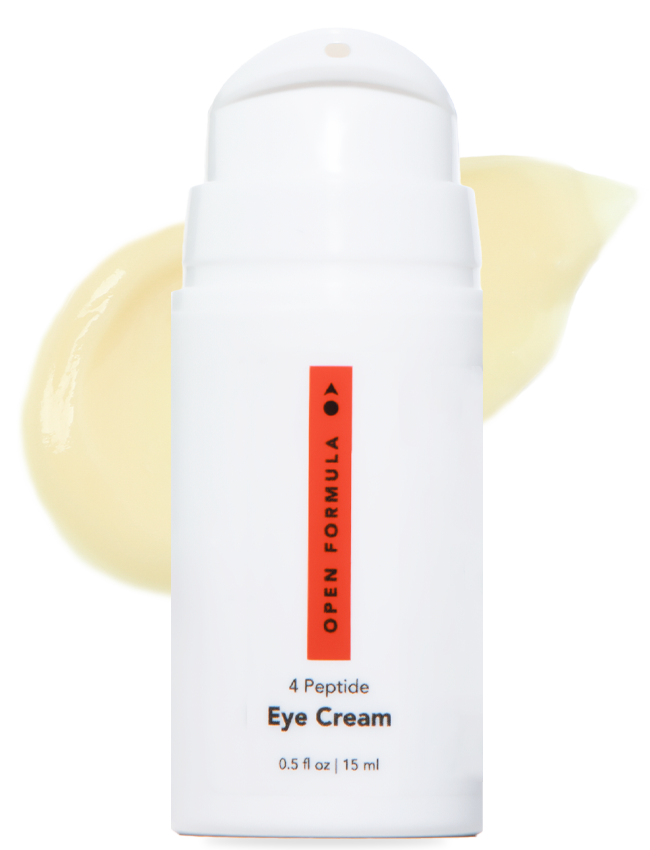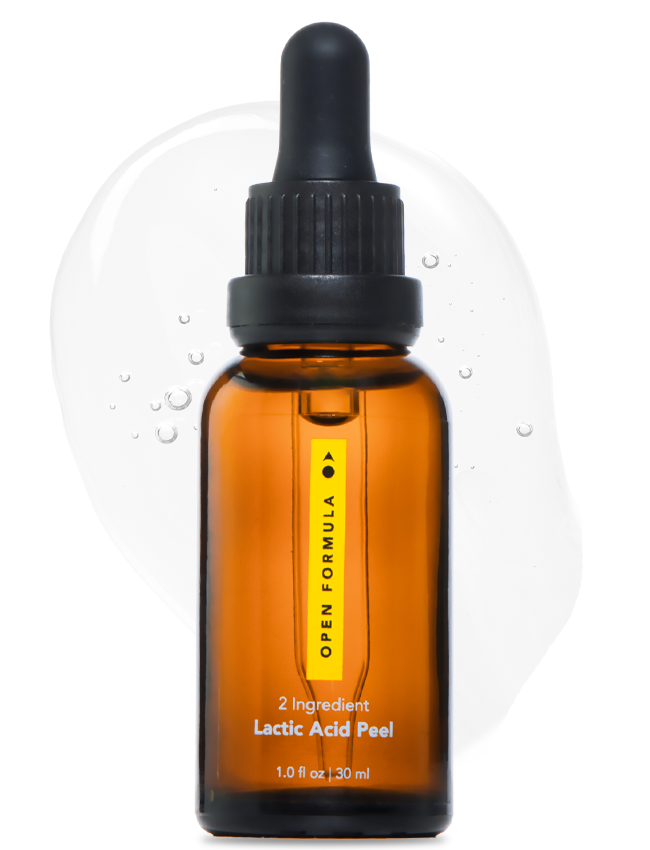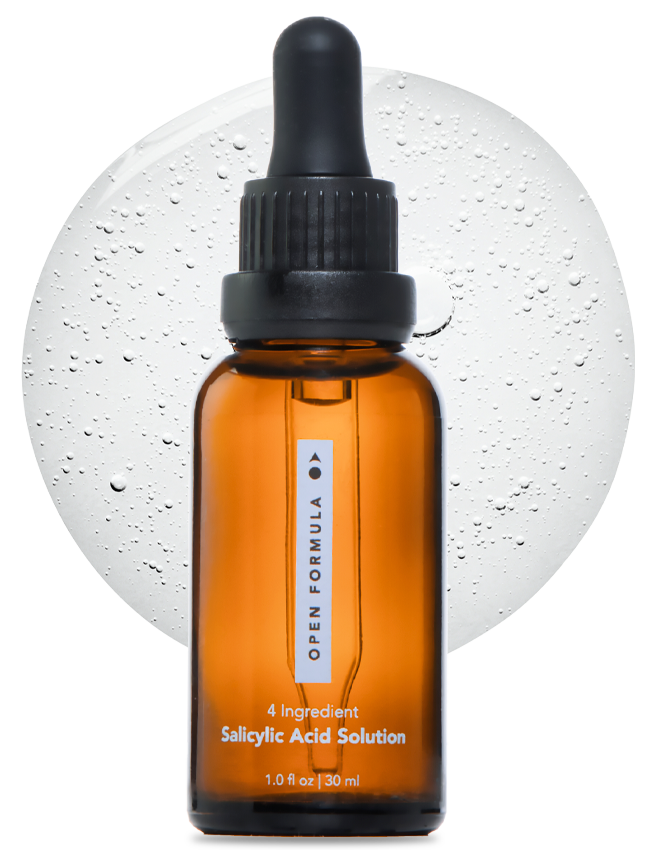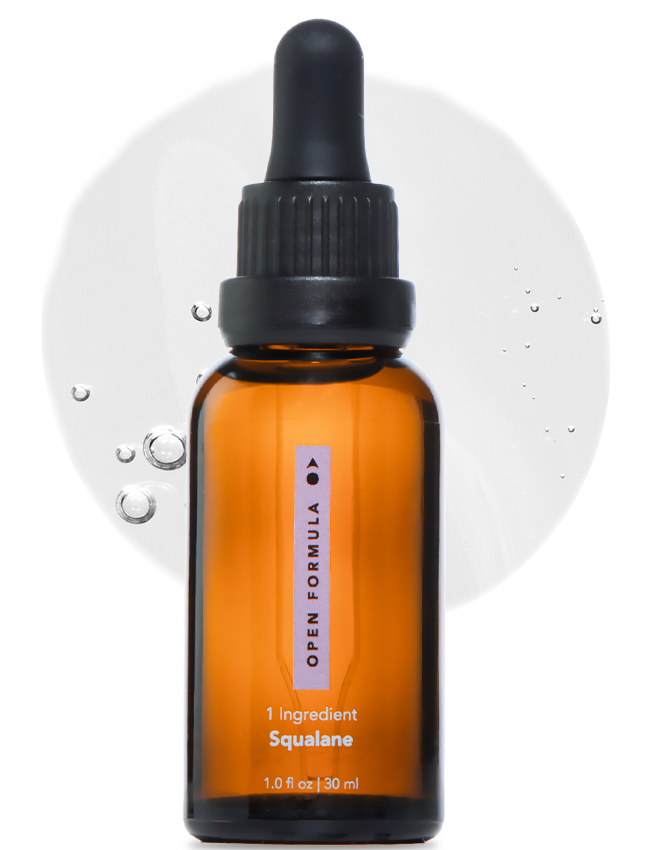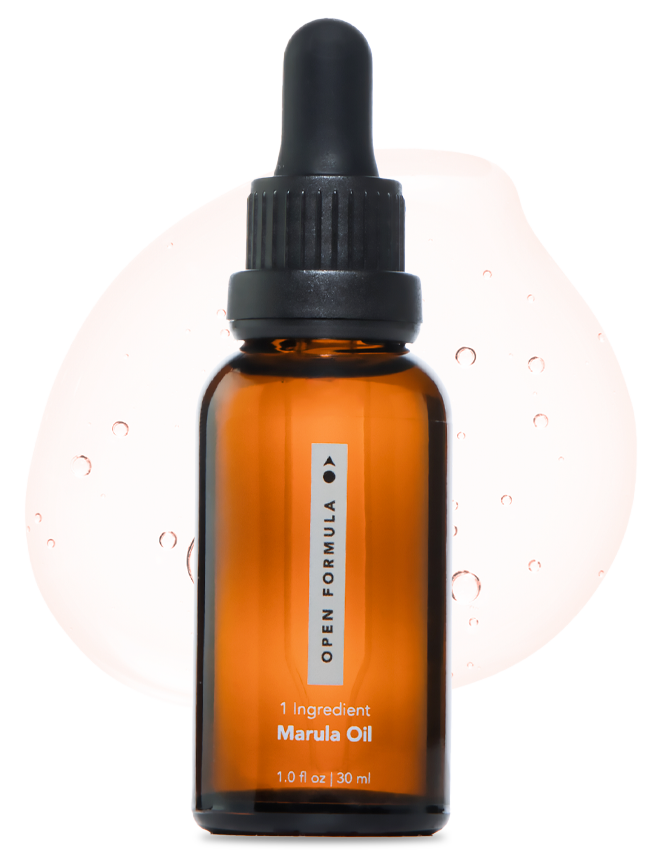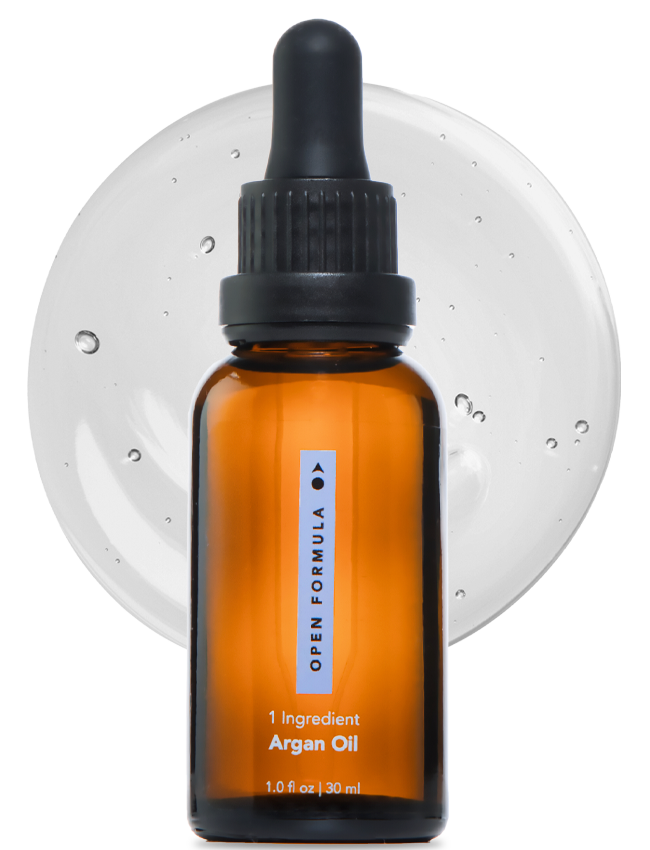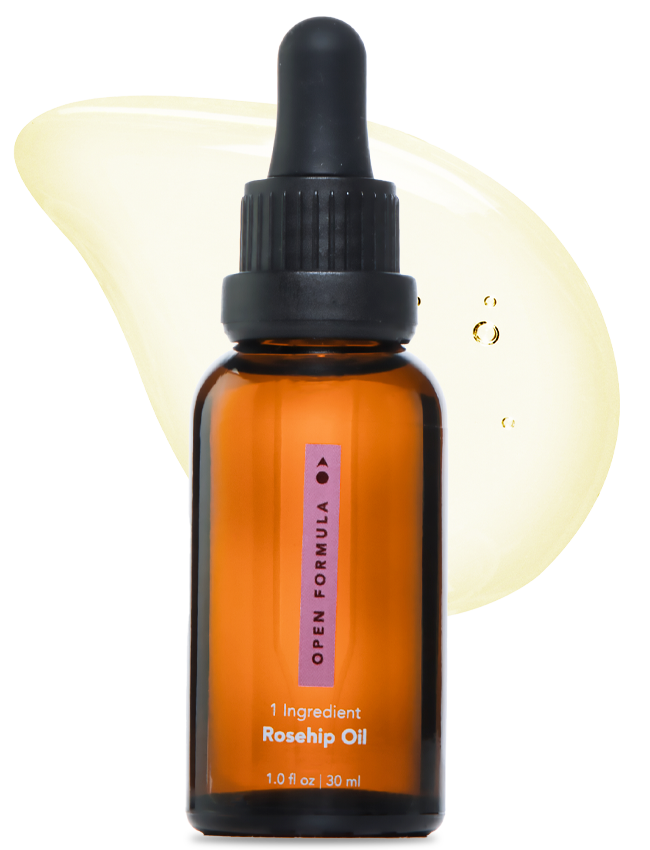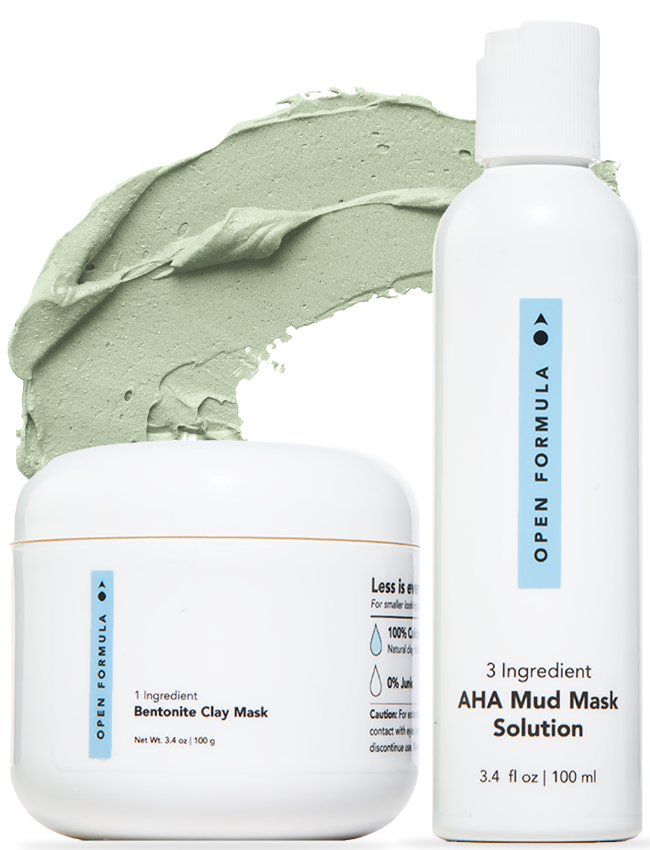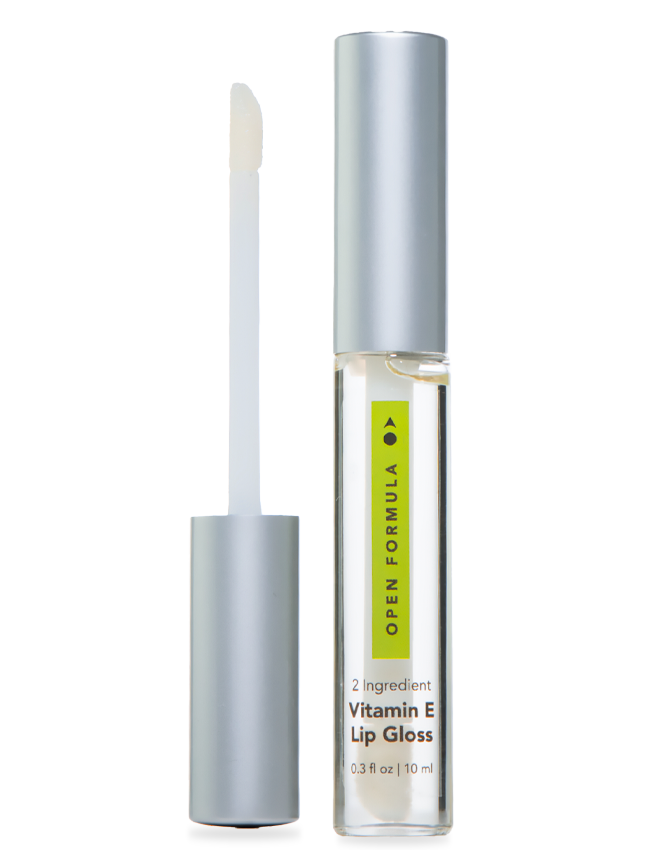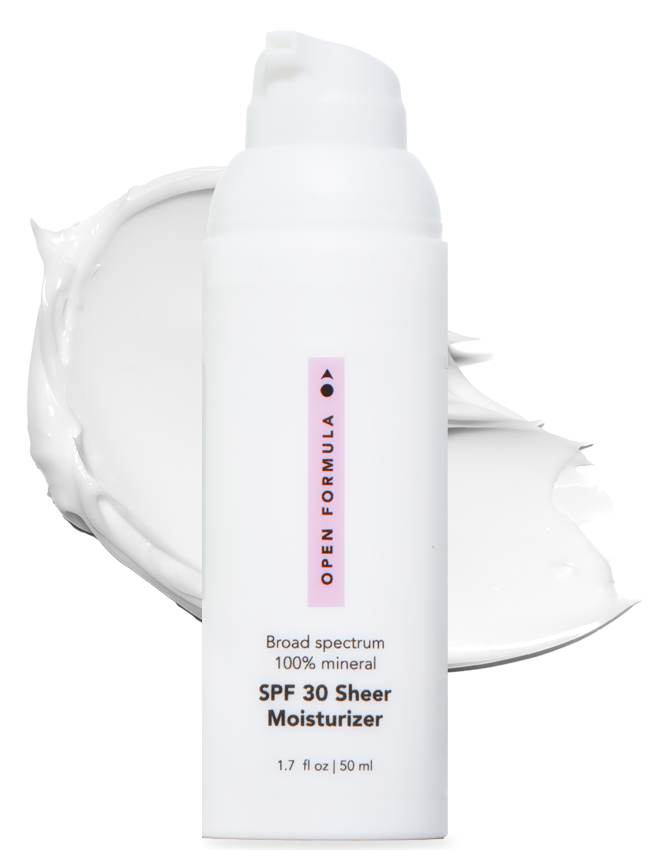You may have noticed that your face looks like you are blushing when you aren’t. This could have you wondering if you might have a common skin condition called rosacea. So what does rosacea look like and how can you treat it?
What is Rosacea
Rosacea is a common chronic skin condition that affects 16 million people. It causes redness and visible blood vessels in your face. Rosacea may also cause small, pus-filled bumps. Symptoms may flare up for a week or two to months at a time then go away. At this time there is no known cause or cure for it. But treatments are available to manage and minimize the condition. There are four types of rosacea.
4 Types of Rosacea
| Type 1: called erythematotelangiectatic rosacea (ETR) | Associated with facial redness, flushing, and visible blood vessels. |
| Type 2: known as papulopustular or “acne” rosacea | Symptoms like skin bumps, mimicking acne-like breakouts. Most commonly affects middle-aged women. |
| Type 3: called rhinophyma | A form of rosacea that is more rare and is associated with thickening of the skin on your nose. It usually affects men and is found in combination with another subtype of rosacea. |
| Type 4: is known as ocular rosacea | This type’s symptoms are found in the eye area. |
What Does Rosacea Look Like
To understand what rosacea looks like it’s best to look at the symptoms of each different type.
- Type 1 - ETR
- Flushing or redness on the center of the face.
- Broken blood vessels that are visible.
- Swollen and/or sensitive skin.
- Stinging or burning skin.
- Dry rough or scaly skin.
- Type 2 - “Acne” Rosacea
- Acne like breakouts and very red skin.
- Sensitive skin.
- Oily skin.
- Broken blood vessels that are visible.
- Type 3 - Thickening of the skin or Rhinophyma
- Bumpy skin texture.
- Thick skin on nose, forehead, cheeks, and ears.
- Very large pores.
- Visibly broken blood vessels.
- Type 4 - Ocular
- Watery, bloodshot eyes.
- Eyes that feel gritty.
- Stinging or burning sensation in the eyes.
- Dry, itchy eyes.
- Eyes are sensitive to the light.
- Cysts on the eye or eyes.
- Diminished vision.
- Broken blood vessels on eyelid.
Causes of Rosacea
There are no known causes of rosacea, though there are a few things that may play a role. The most common causes include the following:
- Your genes - Rosacea is known to be passed down through family genetics.
- Blood vessel trouble - This could be due to the blood vessels in your face becoming more visible. Sun damage can cause vessels to get wider, making them easy to see.
- Bacteria - Some studies suggest that the bacteria that lives in your gut, H.pylori, can increase the digestive hormone gastrin, which can lead your facial skin to flush.
- Mites - A mite that lives on skin, called demodex folliculorum, usually causes no problems. But people with rosacea have an increased number of these mites. So far, It is unknown whether or not the mites cause the rosacea, or if the rosacea causes the high population of mites.
Additional Triggers
Besides the list of causes there are triggers which can make rosacea worse by increasing the amount of blood flow to the skin, making skin and vessels appear more red. Knowing what does rosacea look like and these additional triggers are important to caring for it.
- Temperature extremes
- Sunlight or wind
- Emotions - stressful emotions like anxiety, fear, anger and embarrassment
- Exercise - particularly vigorous exercise since it increases blood flow
- Drugs that dilate blood vessels, including some blood pressure medications
- Various cosmetic products
- Food that trigger rosacea
- Spicy or hot foods that contain red pepper, cayenne pepper, capsaicin
- Red wine and other alcoholic beverages
- Hot beverages like coffee or tea
- Caffeine
- Tomatoes, chocolate, and citrus fruits
Risk Factors
Rosacea can happen to anyone, but the following characteristics are at higher risk than the general population.
- Having blonde hair, light skin and blue eyes
- Being between the ages of 30 and 50
- More common in women
- Family members have had it
- Have had severe acne
- Smoking
Treatments
There are prescription medications available through your doctor such as:
- Brimonidine. A topical treatment that tightens blood vessels in the skin to reduce redness.
- Azelaic acid. This topical product clears up bumps, swelling, and redness.
- Antibiotics. They kill bacteria on your skin and reduce swelling and redness.
- Isotretinoin. This acne drug clears up skin bumps.
- Laser treatments. Intense laser light gets rid of blood vessels that have increased in size.
- Dermabrasion. This process sands off the top layer of skin.
- Electrocautery. An electric current used to zap damaged blood vessels.
DIY At Home Care
Rosacea skin is especially sensitive to certain skin care ingredients. It can be irritated by cleansers, makeup, and creams.
Protect Your Skin Include
- Sunscreen every single day. No skipping! Use a broad spectrum SPF 30 or higher.
- Wear a wide brim hat that protects your face.
- Use gentle skincare products.
-
Oil cleansers
- Oil cleansers powerfully remove makeup, dirt and SPF without over drying the skin.
-
Use a moisturizer
- Moisturizing helps soothe and protect skin, eases redness and irritation. Look for creams or oils over lotions. Lotions often contain alcohol or alcohol based liquids that cause dryness and irritation.
-
Oil cleansers
Avoid ingredients that dry out the skin; including:
- Alcohol
- Witch Hazel
- Menthol
- Peppermint
- Camphor
- Fragrances
Knowing what rosacea looks like and what it is gives you the power to properly take care of it. Though there is no known cure for rosacea, knowing what triggers your skin to redden, making rosacea worse, helps in keeping inflammation and flare ups away. By combining diet changes, daily skin care, and avoiding known triggers, you can help reduce rosacea’s presence in your life.

